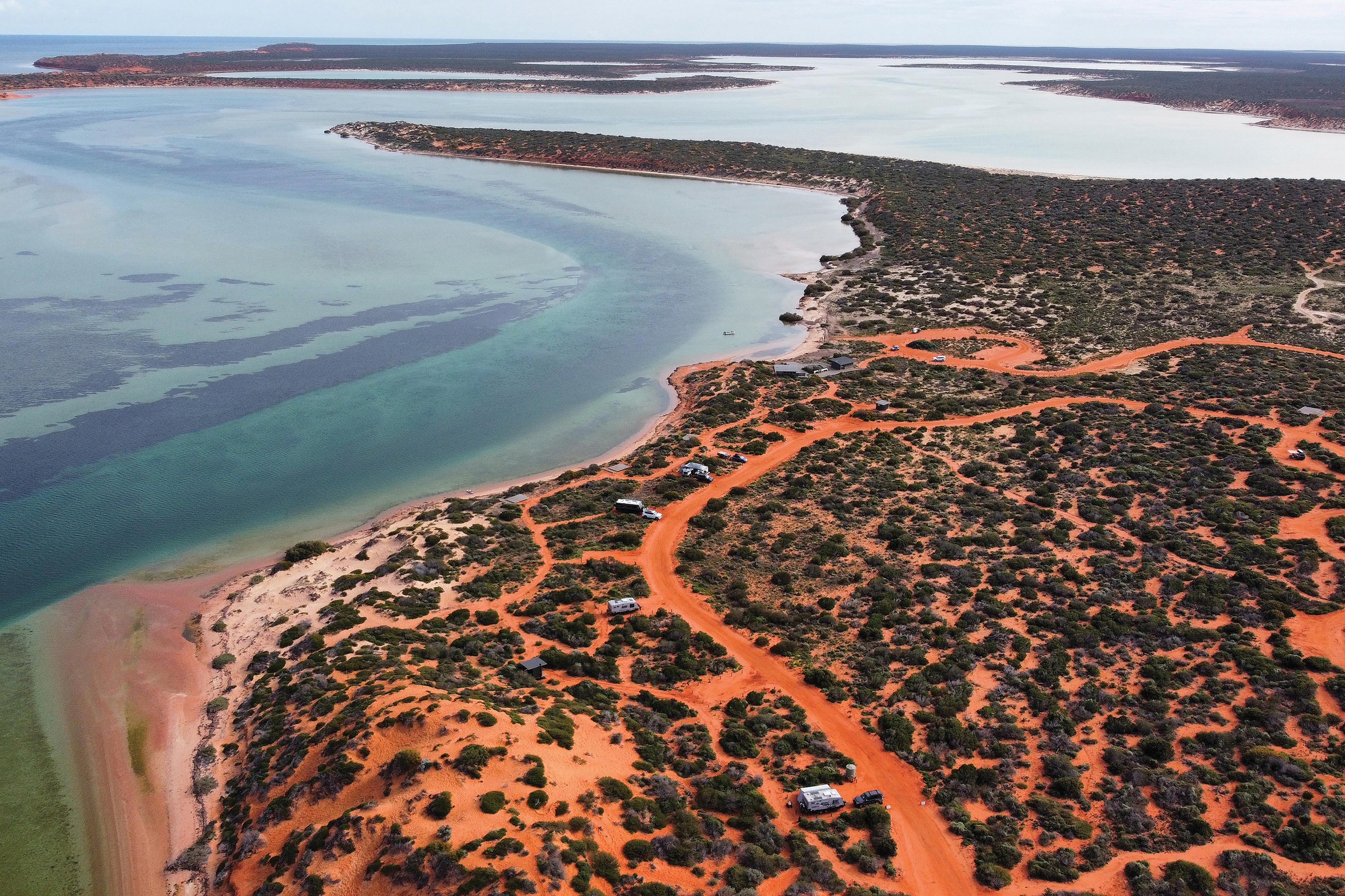Park Feature - Francois Peron National Park
Francois Peron National Park spans some 52,500 hectares of the Peron Peninsula in the Shark Bay World Heritage Area of Western Australia. The park lies to the north of Denham and its colourful coastal landscapes and diverse wildlife habitats are among the many values that contribute to the area’s World Heritage listing.
This article appeared in LANDSCOPE Autumn 2023.
Francois Peron National Park is the traditional Country of the Malgana people. Malgana language speakers have occupied much of the Shark Bay area, including the Peron Peninsula, for about 25,000 years. Wulyibidi is the Malgana name for Peron Peninsula and Gathaagudu, meaning ‘two bays’, is the name for Shark Bay. French explorers were the first Europeans to provide reports of the Malgana people early in the 19th century.
French explorer François Peron meticulously documented anthropology, oceanography, meteorology and zoology during Nicholas Baudin’s 1801 and 1803 expeditions. The park bears Peron’s name in recognition of his contribution to recording Australia’s natural and social history. The national park has undergone significant ecological restoration, which has seen the return of bilbies (Macrotis lagotis) and malleefowl (Leipoa ocellata). Restoring the park’s natural habitats continues to be an important management goal.
Accessing the park
Access to the park is off Monkey Mia Road about four kilometres north-east of Denham. The Peron Heritage Precinct is two-wheel drive accessible. High-clearance four-wheel drive is needed to access the rest of the park. Information on track conditions is available at the entry station and should be checked before driving into the park. The four-wheel drive tracks are mostly single-lane in soft sand and require a high-clearance 4WD vehicle. They are not suitable for caravans or large boat trailers. Reduce tyre pressure to 20psi (or less) at the tyre pressure station to avoid getting bogged or damaging tracks. Be aware of oncoming traffic, drive to the conditions and please stay on designated tracks. Some sections traverse large birridas (gypsum claypans) which can be slippery and boggy when wet.
Where to stay
The national park is known for its coastal camping, giving visitors a truly spectacular experience of camping by the beach. Redeveloped in 2017, the Big Lagoon camping and day-use area has well-spaced campsites and sheltered decking, toilets and barbecue facilities near the shoreline.
Things to do and see
In September 2022 there was also a brand-new boardwalk and lookout built at the high point of the area providing incredible views. You are welcome to fish in the lagoon south of the camping area but fishing and crabbing are prohibited in Big Lagoon’s northern waters (an important fish nursery area). These are protected within a sanctuary zone in the Shark Bay Marine Park. Drop nets for crabs are allowed but set netting and spearfishing are not permitted. To protect dolphins and dugongs, waterskiing and freestyle jet skiing are not permitted.
Besides the Big Lagoon, there’s also beachside camping available at Bottle Bay, Herald Bight, South Gregories and Gregories campgrounds.
Francois Peron National Park was once a pastoral station, and you can visit the Peron Heritage Precinct to experience how life was on a remote sheep station. Explore the history of the area around the self-guided walk and see how the shearers worked and lived. Enjoy a dip in the hot tub, a popular place to soak in artesian waters. Make sure to check out the world-class views at Skipjack Point Lookout. The lookout is perched on the cliff edge where you can enjoy the spectacular Cape Peron coastline and wildlife. It can be accessed from the Wanamalu Walk Trail. Be sure to look towards the ocean along the way for a chance to see marine life such as dolphins, sharks, rays, dugongs, turtles or schools of fish—remember your binoculars!
The Wanamalu Walk Trail stretches for 1.5 kilometres along the cliff edge between Cape Peron and Skipjack Point. Spectacular red sand cliffs extend in either direction, offering fantastic photo opportunities. The 45-minute (one-way) walk provides excellent views of the coastline and it is common to see marine wildlife such as rays, sharks, dolphins, schools of fish and flocks of cormorants.
Plan ahead and be safe
As with all remote parks and reserves, visitors are advised to ensure they undertake appropriate planning. As there are no water, food, fuel or vehicle services in the park and mobile phone coverage is limited, be sure to pack enough food, water, fuel and first aid supplies to last for the duration of your stay.
When boating, fishing, snorkelling or diving be sure to follow all the ‘know before you go’ safety precautions at exploreparks.dbca.wa.gov.au.
The Department of Biodiversity, Conservation and Attractions (DBCA) is working together with the Malgana Aboriginal Corporation about the potential establishment of joint management. Francois Peron National Park is part of this negotiation as is the establishment of additional reserve areas in the Shark Bay area.
Do it yourself
- Where is it? 4 kilometres from Denham, 340 kilometres from Carnarvon and 410 kilometres from Geraldton. Entry fees apply. Total area 52,529 hectares
- Recreational activities: Walking, picnicking, swimming, four-wheel-driving, fishing, bush camping
- Must see places: Cape Peron, Big Lagoon
- Nearest Parks and Wildlife Service Office Knight Terrace, Denham (08) 9948 2226
